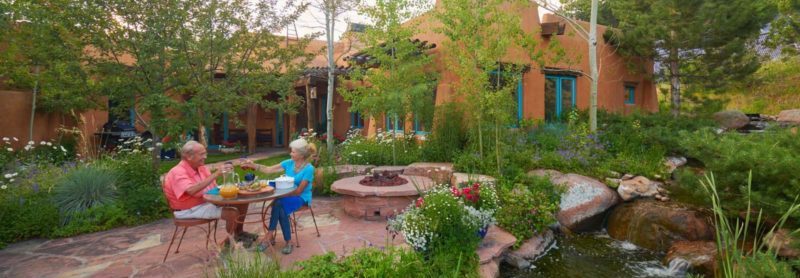Let’s start with the most common mistake many new gardeners make; even experienced gardeners make the same mistake from time to time – they try to grow the wrong plants in the wrong region or at the wrong time of year. Knowing your regional climate and hardiness zone makes it easier to coordinate growing seasons, rainfall timing and amounts, and temperature ranges to ensure that the plants you’re considering are suitable for the area in which you’re planting them. Most commercial plant and seed companies will be careful to print the recommended hardiness zone number right on the seed packet or plant container so you can refer to it and select the right plants for your garden.
Knowing when to optimally plant certain types of plants within their hardiness zone can make a difference to the success of your garden. For example, in the month of May, gardeners in warmer zones can begin planting annual flowers and all kinds of vegetables, while their counterparts in more northern climates are busy cultivating the soil and preparing flower beds.

As you well know, many plants require specific growing conditions to grow. You can adjust many things, such as soil type, humidity levels, and the amount of sunlight in your garden, but temperature is difficult to control. Selecting plants with hardiness levels suitable for specific planting zones gives you the best chance of gardening and landscaping success.
What is plant sustainability?
Simply put, plant hardiness is the ability of plants to withstand adverse climatic conditions such as drought, flooding, heat and cold. Plant genetics determine a plant’s ability to withstand cold temperatures without damage. Each plant variety can have different levels of resistance depending on their adaptations and genetics. Even different parts of a plant may have different levels of hardiness. For example, cold weather can cause your favorite perennial plant to die; however, the roots are hardy enough to produce new growth in the spring.

As you can imagine, plants—like people—thrive differently in different environments, so there may be some wiggle room in the hardiness zone concept. It’s helpful to know that each location in the garden has “microclimates” that may allow gardeners to grow plants listed with a higher zone number that, at first glance, might normally exclude them. For example, a zone 6 garden may have a warm, sunny location with well-drained soil, next to a building, protected from cold and wind, making that particular location more like a zone 7. Conversely, in the same location in a zone 6 garden there may be an open, exposed, low-lying zone where the cold settles, making zone 5 the zone where zone 6 plants will struggle.
So, how important is it to know your regional climate and USDA hardiness zone? Very. By taking a little time to learn about your climate zone and what plants will thrive, you are guaranteed to have a longer-lasting, healthier, and more beautiful garden. Then, paying attention to current weather conditions day by day, season by season, will help you drill down into the details and make even better landscaping decisions.

